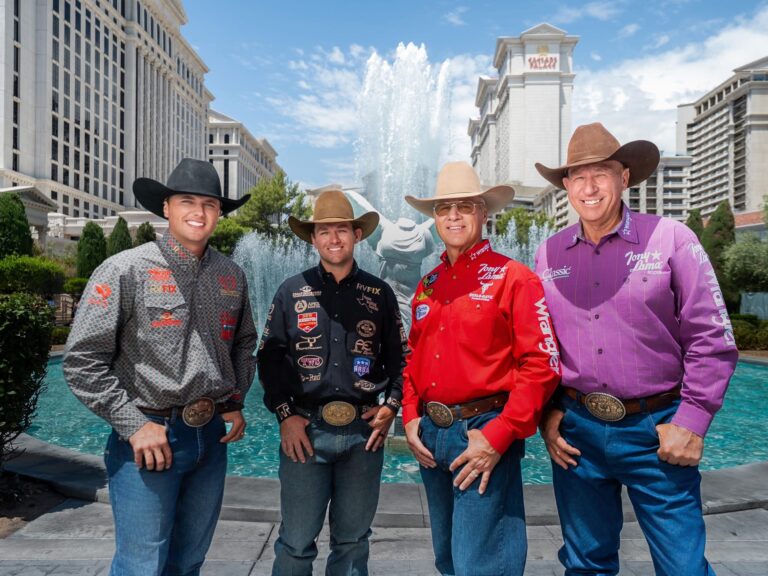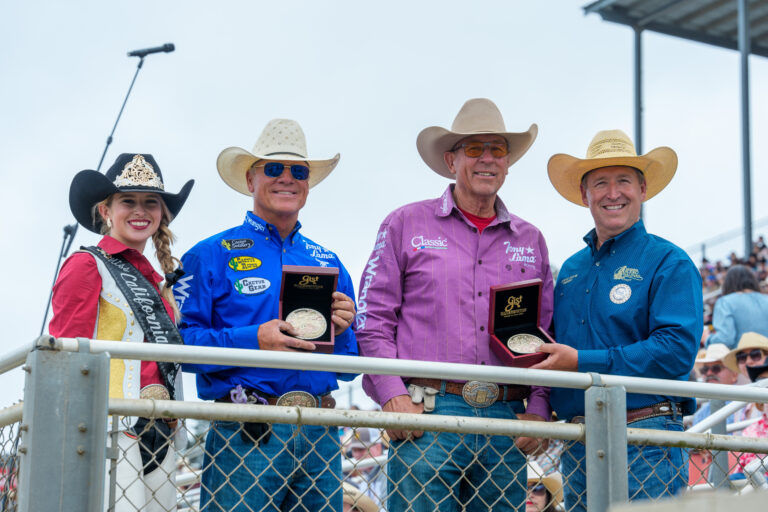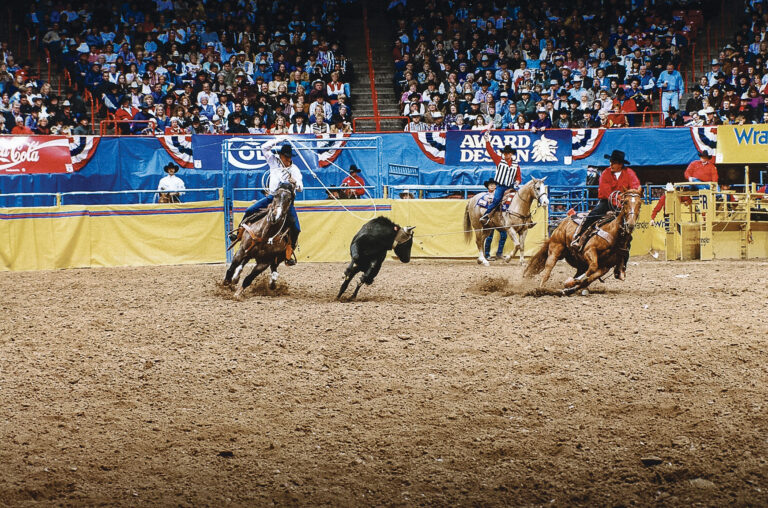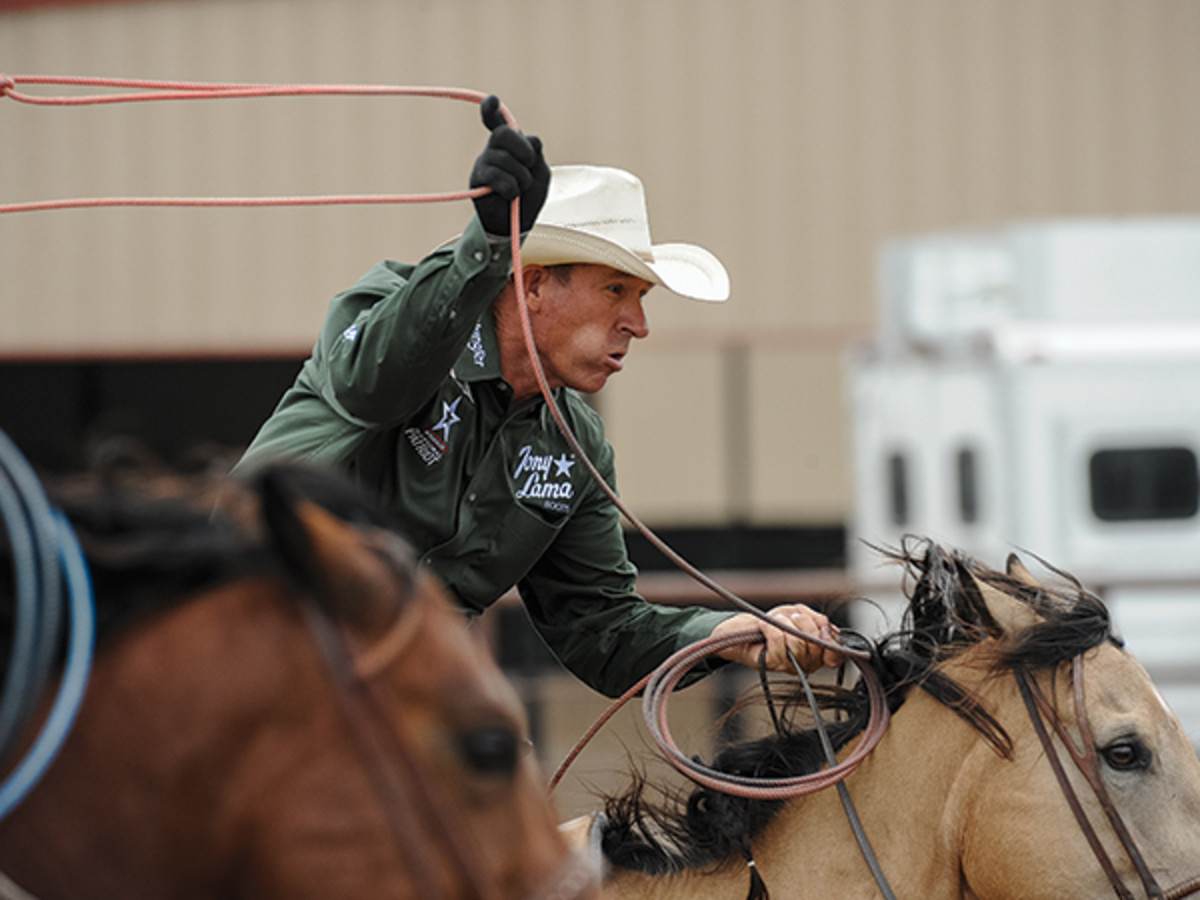
Lone Wolf Photo
The roller coaster ride ropers live on always seems to revolve around horses. I was really lucky to run across another really good horse right before the BFI this year, and it makes it so much easier when you have a good one. It’s always taken a special horse to be successful, and these days you need more than one. With all the roping we do today—rodeos and ropings included—it’s impossible to get it all done on one horse. I’m going to say you need at least three good ones. When I first started, it was a lot harder on horses because the cattle were so much bigger. But we practiced, jackpotted and rodeoed on one horse. We jackpot a lot more now than we did back in those days, and it’s also so much tougher these days. It’s just a fact: You have to have a good horse everywhere you go to have a chance. A green horse just doesn’t cut it these days.
If you have a horse that’s versatile—that you can rope on in all conditions—that’s obviously the ultimate. But as it’s gotten so tough today, horses are more often specialists just like the cowboys. Travis Tryan’s horse Walt (who was inducted into the ProRodeo Hall of Fame last month, and is the first team roping horse ever honored at the Hall) is a good example of one of those rare horses that was great everywhere. It takes a unique horse to be that versatile.
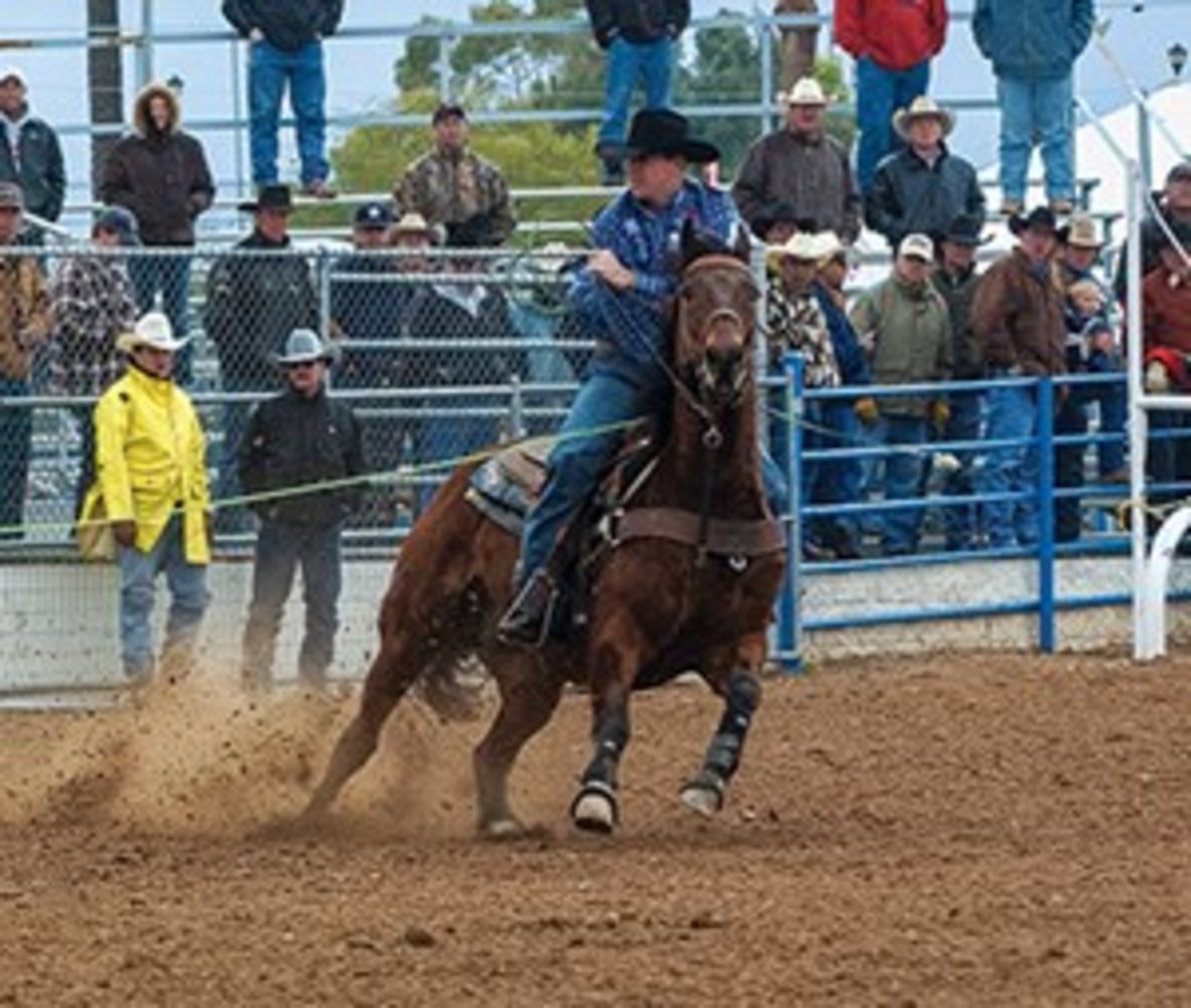
You really need a specialized horse at the NFR (Wrangler National Finals Rodeo). You need a horse that scores really good when you’re gunning 10 nights in a row. That horse has to let you reach a little bit, be able to take a jerk and be strong back up that left wall. He then has to finish strong and face really snappy. It’s a lot to ask for a horse to face sharp over in that corner. Speed Williams’ Viper was king of that (Thomas & Mack Center) arena.
When you’re deciding what to ride over longer scores, at places like the BFI, Salinas and Cheyenne, you need a horse that can really run so you can catch up fast. When you’re going that fast, you need a horse you can control so you can utilize his speed but then break steers down so they’re as easy as possible to heel.
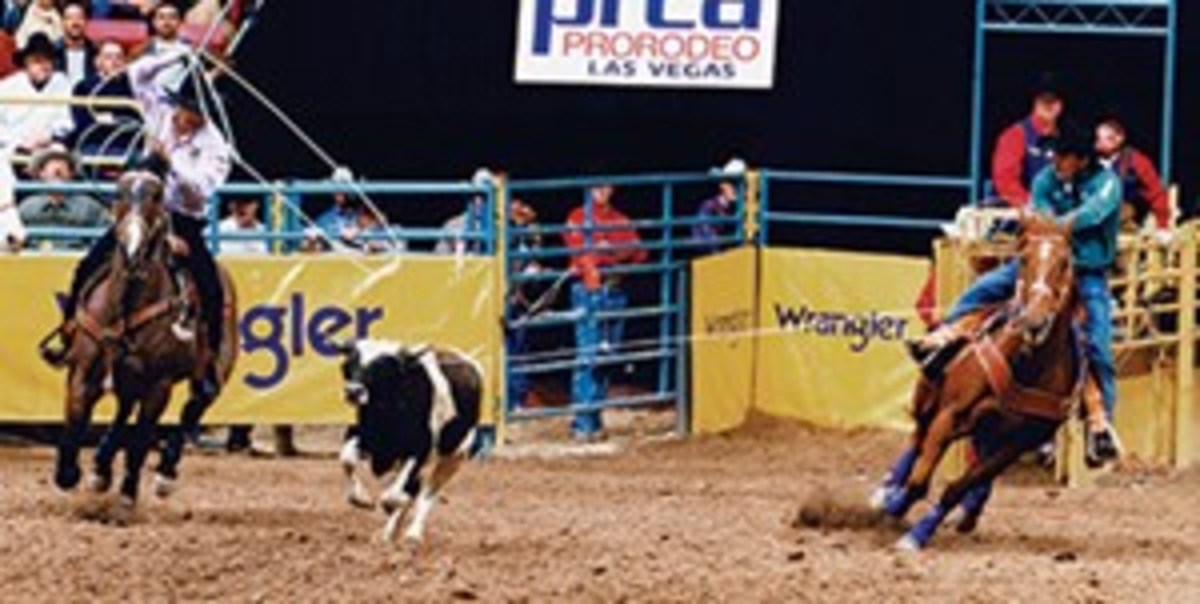
One of the unsung heroes that’s probably the most underrated in the roping industry is the practice horse. There’s a time, especially when you’re really learning to reach, when you can’t be learning to do that on your good one. You need that old horse that’ll let you do that. You have to be able to rope for yourself.
So much of the time we spend in the practice pen is to tune our horse. It’s not very often we’re going to want to make rodeo runs on our rodeo horse. So you need a horse that’ll let you rope for yourself. You have to be able to make a lot of runs on a horse that’ll let you do your thing. That horse might not be worth a ton to you when you go sell him, but he’s going to be really valuable to your progress and success.
I’ve had a handful of really good horses in my career, from Bullwinkle to Big John and Barney. Bullwinkle was a terrible jackpot horse, but he let me win a lot at the rodeos. Fact is, you don’t come across those really good ones very often. I’ve been roping for a living for 35 years, and I’ve had every kind of horse there is—great, good and bad. It’s not like buying a cup of coffee. Getting and maintaining a good horse is a full-time job in itself. When you get a good one, you better be counting your blessings.




